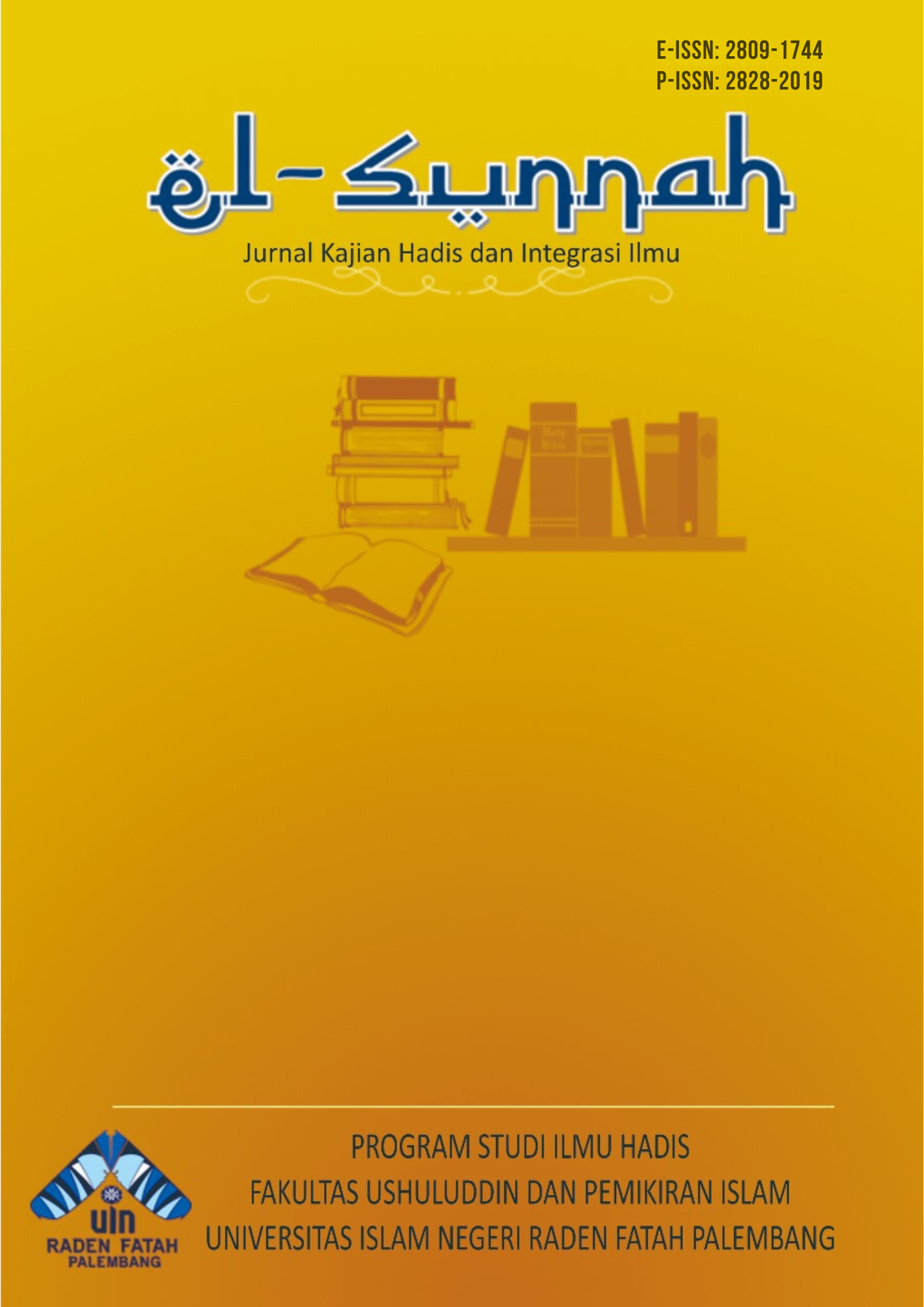Unveiling the Living Sunnah in the Doa Raho Ura Tradition of the Bima Community: A Study of Hadith and Religious Practice
Main Article Content
Abstract
This study aims to analyze the form, implementation, and suitability of the doá raho ura tradition in Bima society with the sunnah of the Prophet Muhammad PBUH. The method used is qualitative with a hadith and social science approach. Data were collected through observation, interviews, documentation, and analysis of hadith books. The results showed that doá raho ura is a religious ritual consisting of congregational istisqa prayers and prayers in the open, led by traditional leaders and mosque imams. This tradition reflects the syncretism of Islam and local culture. People generally do not understand the sunnah texts related to prayers for rain, but believe that this practice has an Islamic basis. This tradition is in accordance with the textual, contextual and intertextual sunnah of the Prophet, supported by the Qur'an and sahih hadith. Apart from being a religious practice, this tradition also acts as a cultural heritage that strengthens the Islamic identity of the Bima people. The results of this research are expected to be a reference for further research and encourage the preservation of Islamic values and culture for future generations.
Article Details
How to Cite
“Unveiling the Living Sunnah in the Doa Raho Ura Tradition of the Bima Community: A Study of Hadith and Religious Practice”. el-Sunnah: Jurnal Kajian Hadis dan Integrasi Ilmu 6, no. 1 (June 16, 2025): 124–156. Accessed August 19, 2025. https://jurnal.radenfatah.ac.id/index.php/elsunnah/article/view/27554.
Section
Articles
How to Cite
“Unveiling the Living Sunnah in the Doa Raho Ura Tradition of the Bima Community: A Study of Hadith and Religious Practice”. el-Sunnah: Jurnal Kajian Hadis dan Integrasi Ilmu 6, no. 1 (June 16, 2025): 124–156. Accessed August 19, 2025. https://jurnal.radenfatah.ac.id/index.php/elsunnah/article/view/27554.
